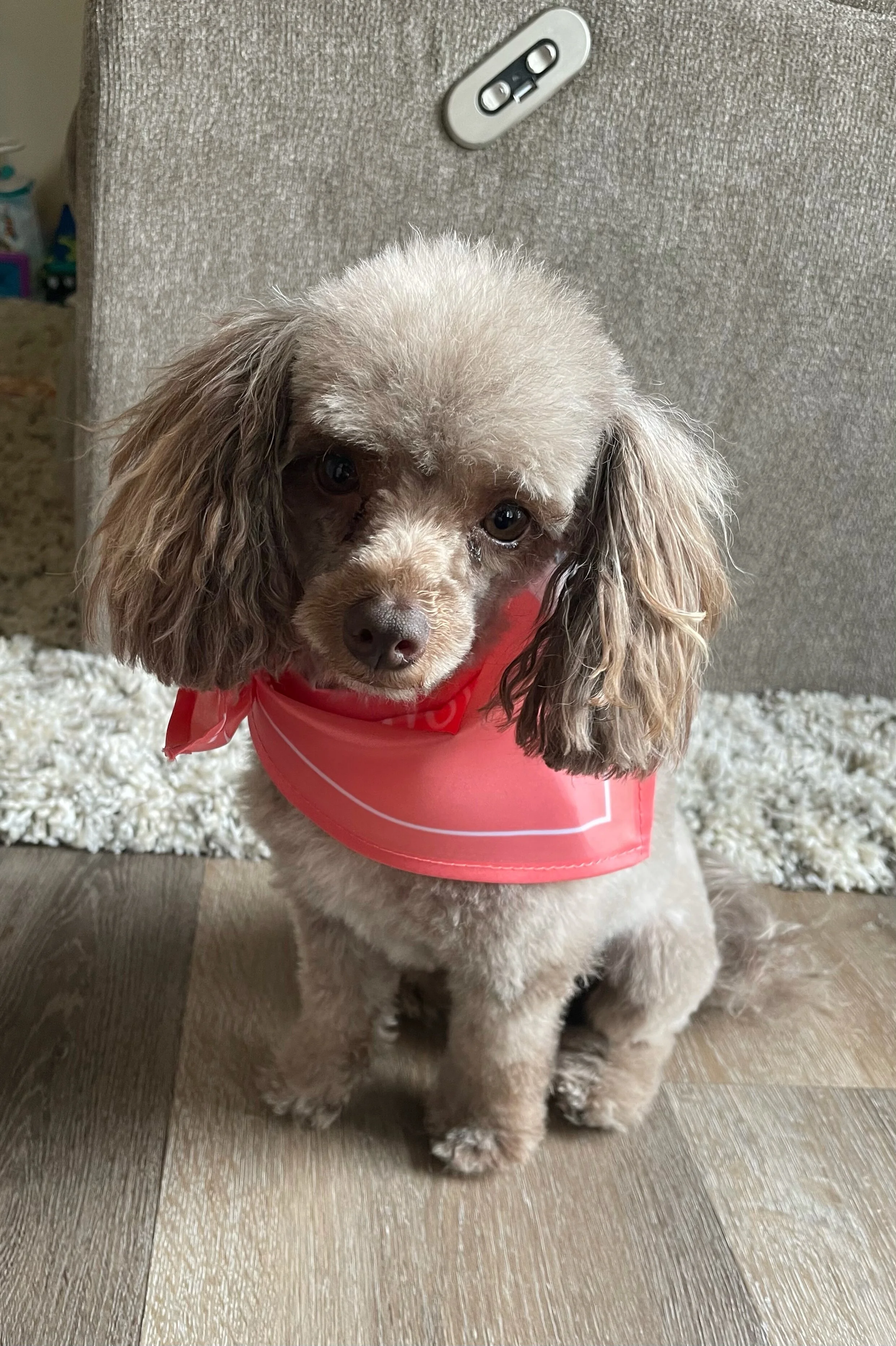How to Care for your Maltipoo Puppy
It is exciting to have an adorable addition to the family with your new puppy, but parenting a new pup is no walk in the park. Below we will discuss how to properly care for your Maltipoo Puppy.
When the time comes to finally bring your new puppy home for the first time, you can pretty much count on three things: extra excitement, dealing with your puppy’s accidents, and a major lifestyle adjustment. As you’ll learn quickly, a growing puppy needs much more than a food bowl and a doghouse to thrive, and while it may be a lot of work initially, it’s well worth any effort. Establishing good and healthy habits in those first few sleep-deprived weeks will lay the foundation for many dog-years of happiness for you and your puppy.
1. Find a Good Vet
The first place you and your new puppy should go together is the vet for a checkup. This visit will not only help ensure that your puppy is healthy and free of serious health issues, birth defects, etc., but it will help you take the first steps toward a good preventive health routine. If you don’t have or know a good vet, check with your friends for recommendations. You can also check with shelters to see if they have recommendations.
2. Make the Most of Your First Vet Visit
Make a list of questions to ask your vet like, what to feed your pup, how often and in what portions.
Set up a vaccination plan and appointments with your vet.
Discuss options for safely controlling parasites, both external and internal.
Learn to watch for which signs of illness during your puppy’s first few months.
Ask about when you should spay or neuter your dog.
3. Shop for Quality Food
Your puppy’s body is growing in critical ways which is why you’ll need to select a food that’s formulated especially for puppies as opposed to adult dogs. Look for a statement from the Association of American Feed Control Officials (AAFCO) on the packaging so you know that the food you choose will meet your pup’s nutritional requirements.
Small and medium-sized breeds can make the leap to adult dog food between 9 and 12 months of age. Large breed dogs should stick with puppy kibbles until they reach 2-years-old. Make sure your puppy has fresh and plenty of water at all times.
Feed multiple times a day:
Age 6-12 weeks – 4 meals per day
Age 3-6 months – 3 meals per day
Age 6-12 months – 2 meals per day
4. Establish a Bathroom Routine
House training quickly becomes a high priority on most puppy owners’ list of must-learn tricks. According to the experts, your most potent allies in house training your puppy are patience, planning, and plenty of positive reinforcement. In addition, it’s probably not a bad idea to consider disinfectant and carpet cleaning plan because accidents will happen.
Until your puppy has had all of her vaccinations, you’ll want to keep them away from other animals. This helps reduce the spread of viruses and disease. Make sure to give lots of positive reinforcement whenever your puppy manages to potty outside and, refrain from punishing her when she does have accidents indoors.
Knowing when to take your puppy out is almost as important as giving her praise whenever she does eliminate outdoors. Here’s a list of the most common times to take your puppy out to potty.
When you wake up.
Right before bedtime.
Immediately after your puppy eats or drinks a lot of water.
When your puppy wakes up from a nap.
During and after physical activity.
5. Watch For Early Signs of Illness
For the first few months, puppies are more susceptible to sudden bouts of illnesses that can be serious if not caught in the early stages. If you notice any of the following symptoms in your puppy, it’s time to contact the vet.
Lack of appetite
Poor weight gain
vomiting
Swollen of painful abdomen
Lethargy (tiredness)
Diarrhea
Difficulty breathing
Wheezing or coughing
Pale gums
Swollen, red eyes or eye discharge
Nasal discharge
Inability to pass urine or stool
6. Teach Obedience
By teaching your puppy good habits, you’ll set your puppy up for a life of positive social interaction. In addition, obedience training will help maintain a stronger bond between you and your puppy.
Teaching your pup to obey commands such as sit, stay, down, and come will not only impress your friends, but these commands will help keep your dog safe and under control in any dangerous or potentially hazardous situations. Many puppy owners find that obedience classes are a great way to train both owner and dog. Trained professionals will usually accept puppies at age 4 to 6 months.
Tip: Keep it positive. Positive reinforcement, such as small treats, has been proven to be vastly more effective than punishment.
7. Be Sociable
It is equally as important to train for proper socialization as it is for obedience during puppyhood and will help avoid problems down the road. At about the age of 2 to 4 months of age, most puppies will begin to accept other animals, people, places and experiences. Socialization training are an excellent way to keep positive experiences with your puppy. Be sure to ask your vet about what kinds of interaction is OK at this stage.






